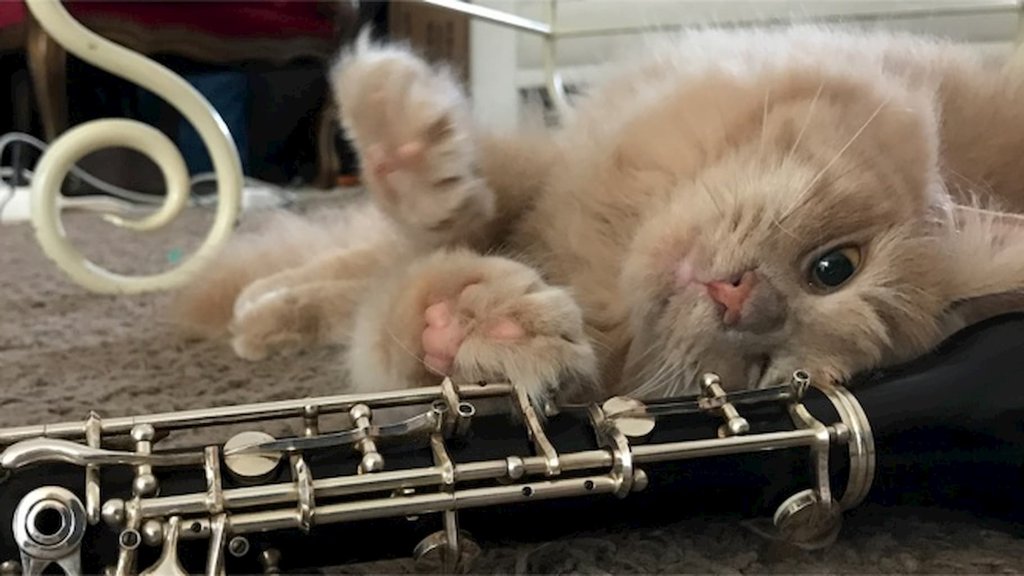Sun, Sep 3, 2017
In the series 'Musicians on their instrument': Nicoline Alt on the oboe d’amore built by Lorée, Parijs - acquired in 2012 with the support of the Swiss Friends of the Concertgebouworkest.

By Marije Bosnak - The series 'Musicians and their instruments' was published in 2017 to celebrate the tenth anniversary of the Swiss Global Friends.
The oboe d’amore…
Orchestral parts written for the oboe d’amore can be for either the first or second oboe. In terms of size, the instrument is in between the oboe and the alto oboe. This oboe d’amore was donated to the entire section by our Swiss Friends, so we all really enjoy playing it!
A memorable piece I’ve played on this instrument…
Bach, Mahler and Strauss wrote the most beautiful parts for oboe d’amore. At the beginning of the year, we performed Mahler’s Rückert-Lieder. In Um Mitternacht, he wrote a part specifically for the oboe d’amore, a gorgeous countermelody accompanying the singer’s line. In that one section with its dark atmosphere, it’s precisely the sound of this instrument that Mahler is looking for. It’s such a joy to play!
How I prepare…
If I know we’re going to be performing a work which calls for the oboe d’amore, I start making the special reeds I’ll need more than a month in advance. It’s also a well-known fact that the oboe d’amore can be temperamental when it comes to intonation. So I work carefully with a tuning device while practising mainly to get used to the intonation.
What I think is special about this instrument…
I love the bulb-shaped bell at the bottom. That’s actually what gives the instrument such a distinctive ‘OH’ sound. It’s very warm and sweet, a sound that instantly moves you as a listener. Even my cat likes it. Whenever I practise the instrument at home, she always comes in to have a listen.
What it’s like to play the instrument…
Playing the oboe d’amore really is a specialist skill. It may be freer than the normal oboe in terms of breath control, but it does require special attention to intonation and to wolf tones, notes which have different resistance and sound owing to the physical proportions of the tube. It’s because of these idiosyncrasies that it’s so important to have a good instrument like this one. I always look forward to playing it again in the orchestra!